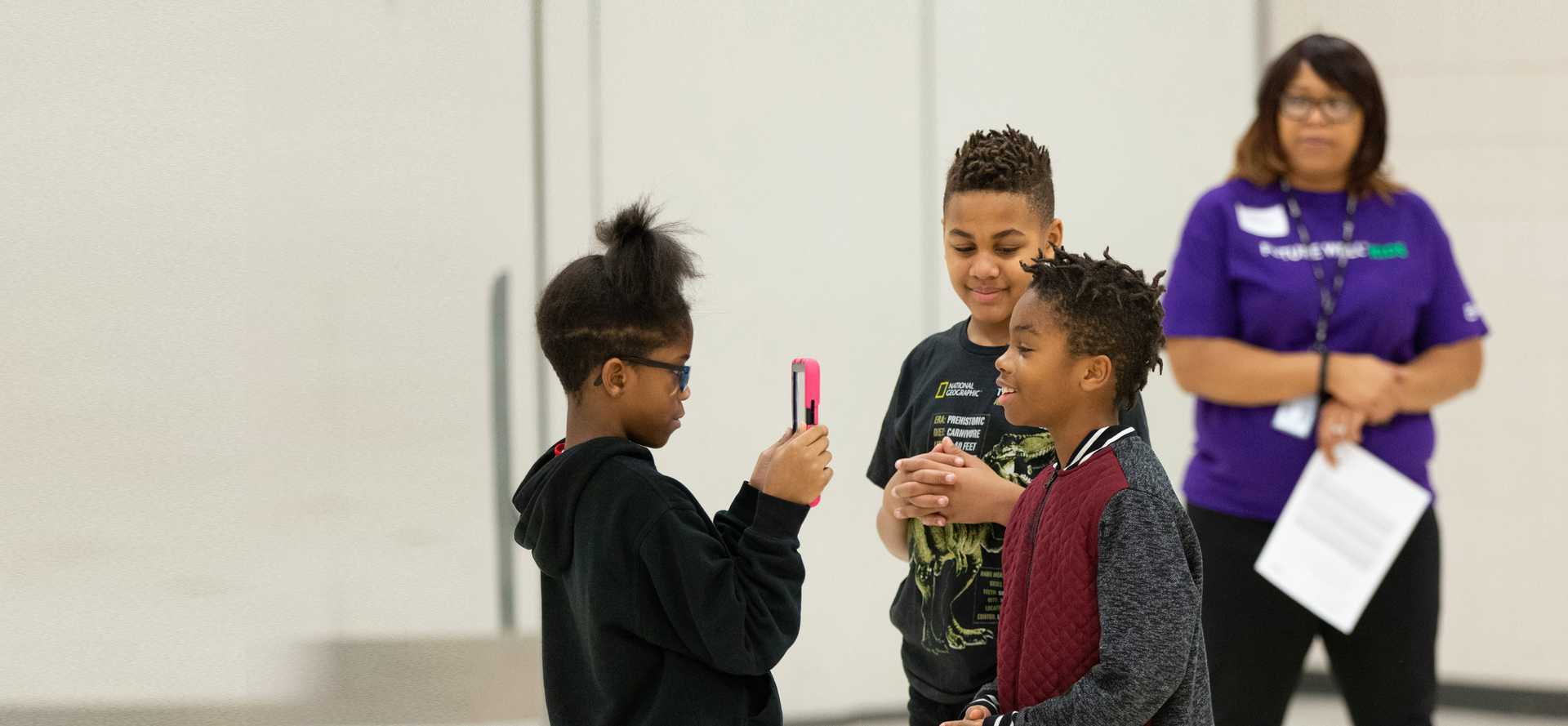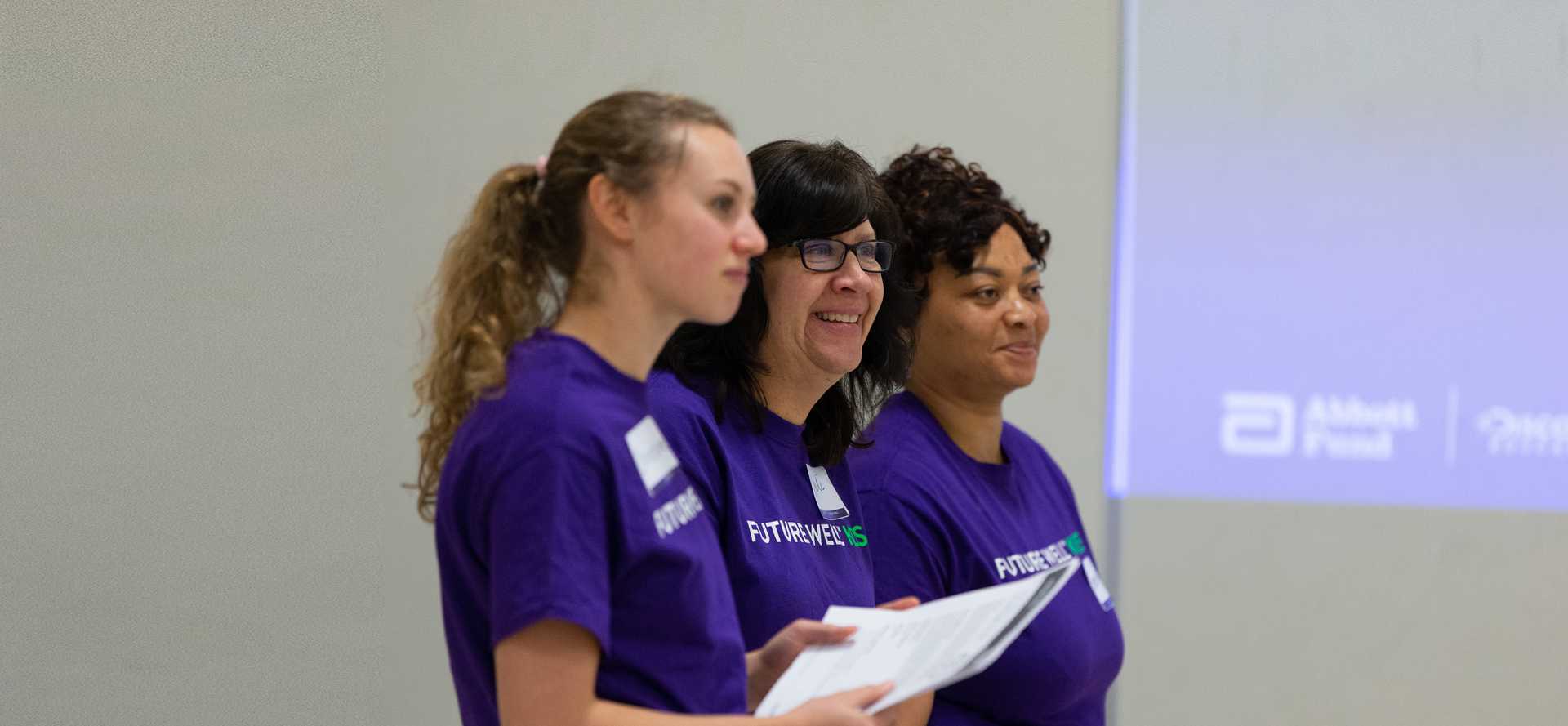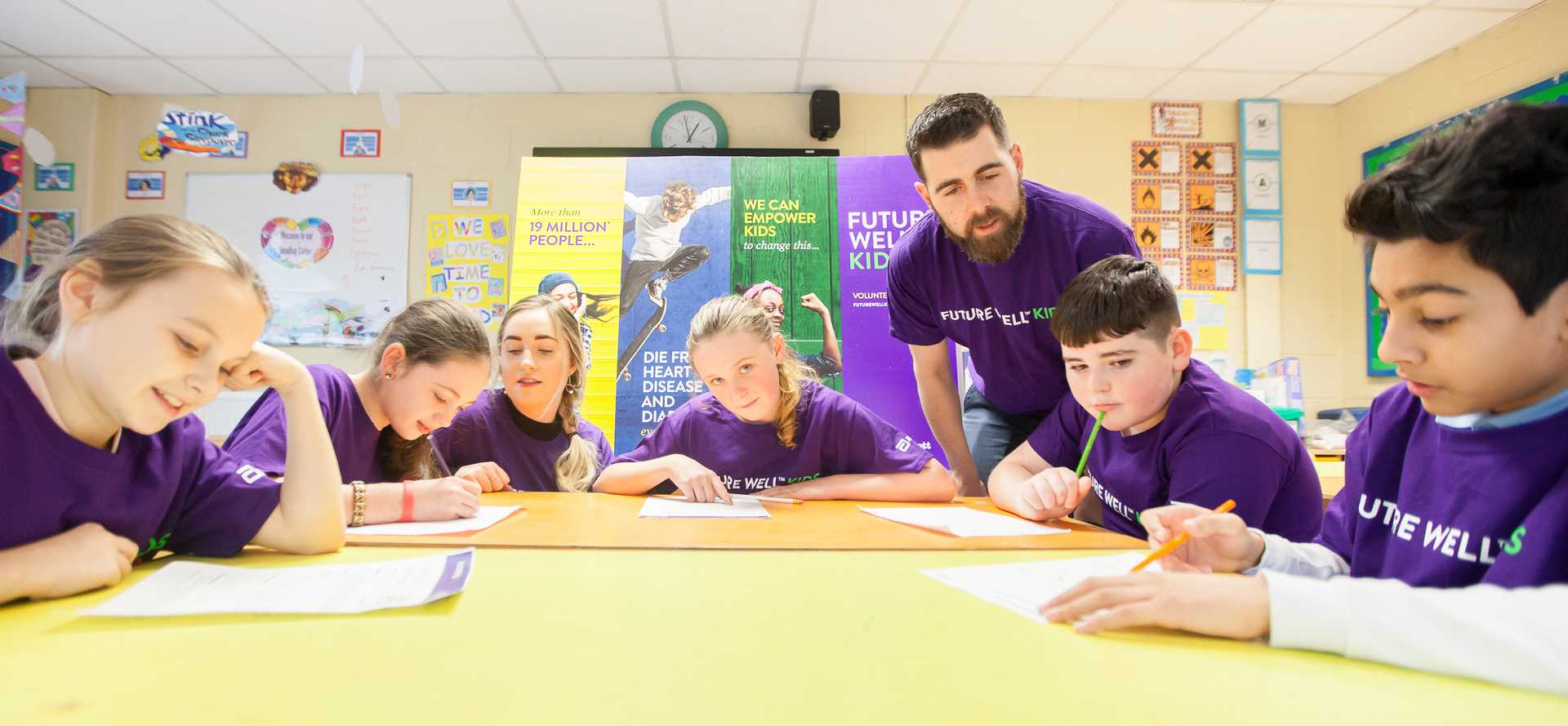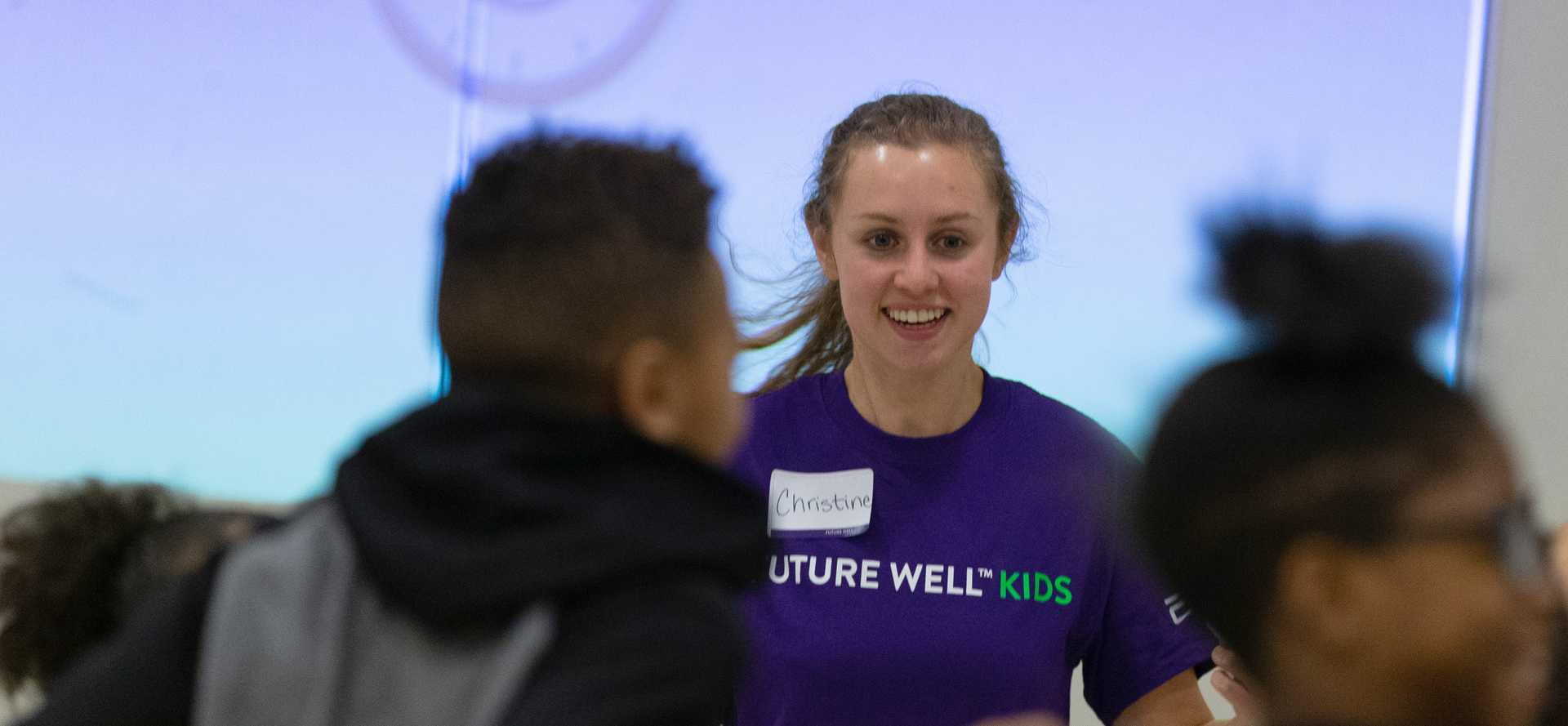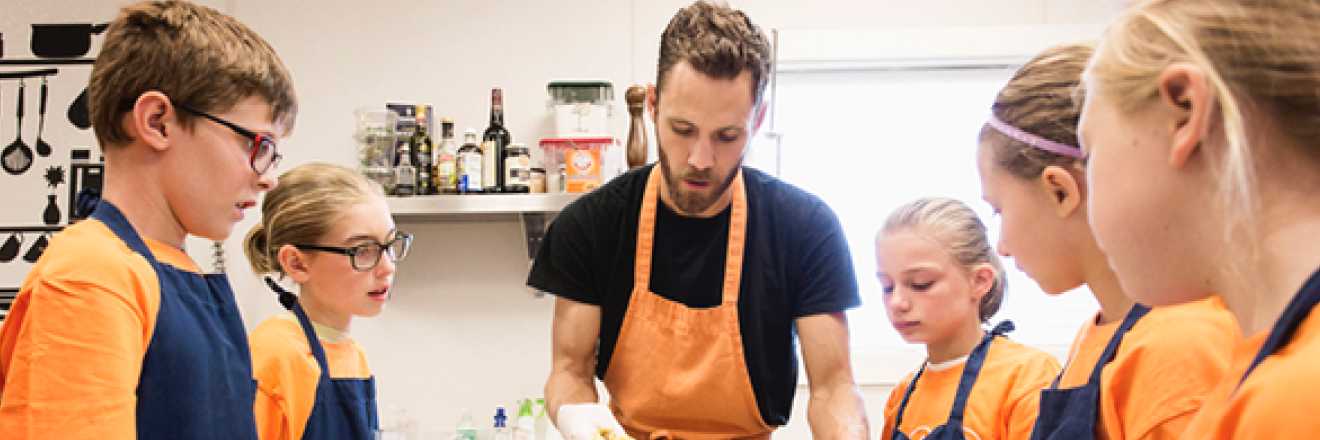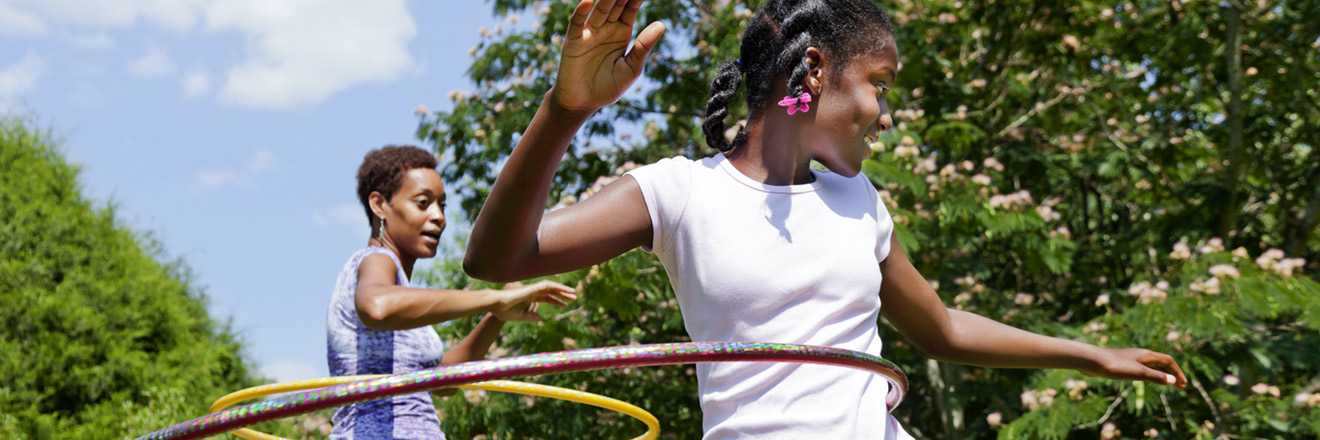VOLUNTEERS
Once your Volunteer Champion shares the lesson that your group will be teaching during your programme visit with you, use the search button or quick-link buttons below to find your lesson.
NUTRITION
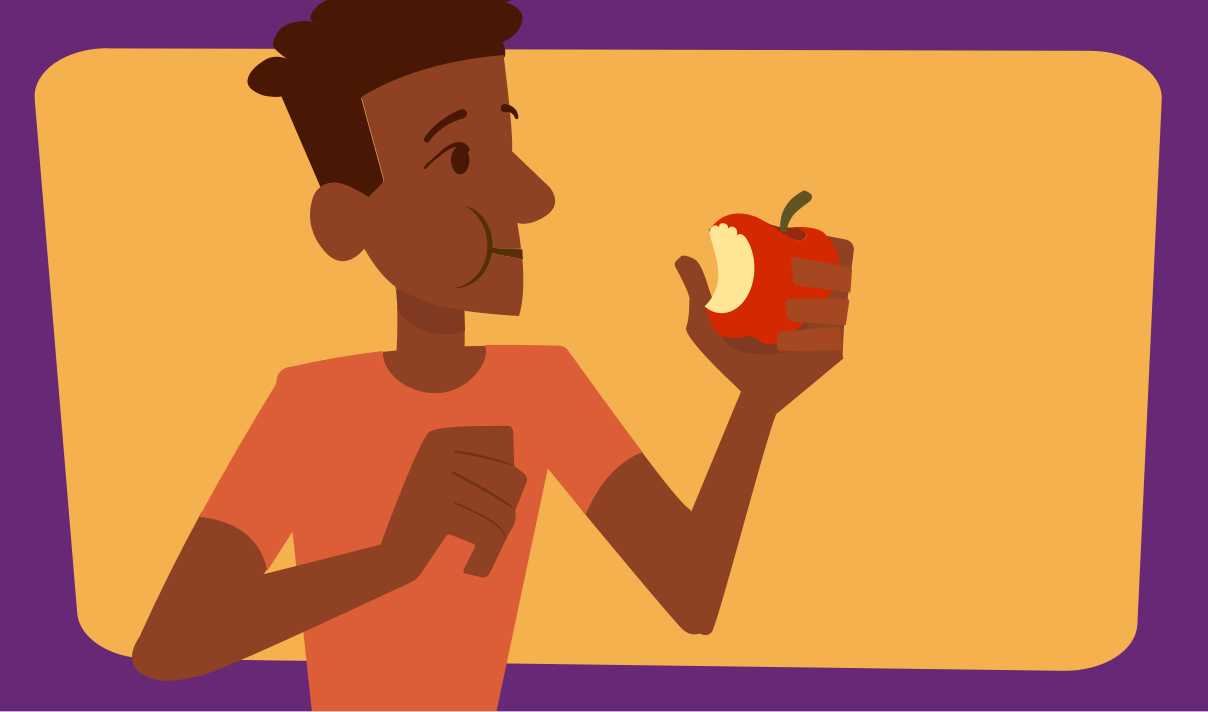
NUTRITIOUS EATING
15-20 minutes
In this module, students learn about what happens to our bodies when we exercise, why exercising is good for usand about the risks associated with not exercising, including the development of noncommunicable diseases (NCDs), such as heart disease and Type 2 diabetes.
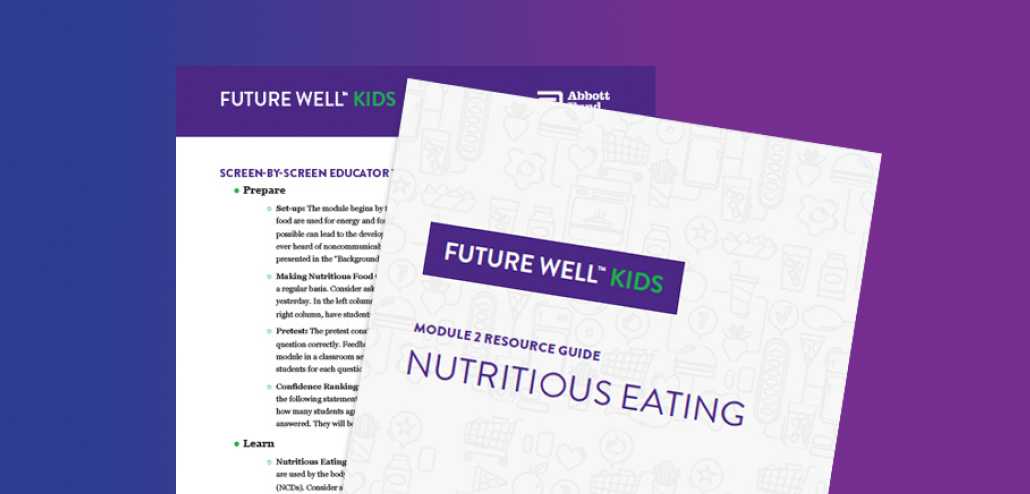
COMPANION EDUCATOR GUIDE
This Companion Guide to the Self-Paced Module includes a summary, guide to using the mini-modules, tips and content standards.
PRINT-BASED LESSON
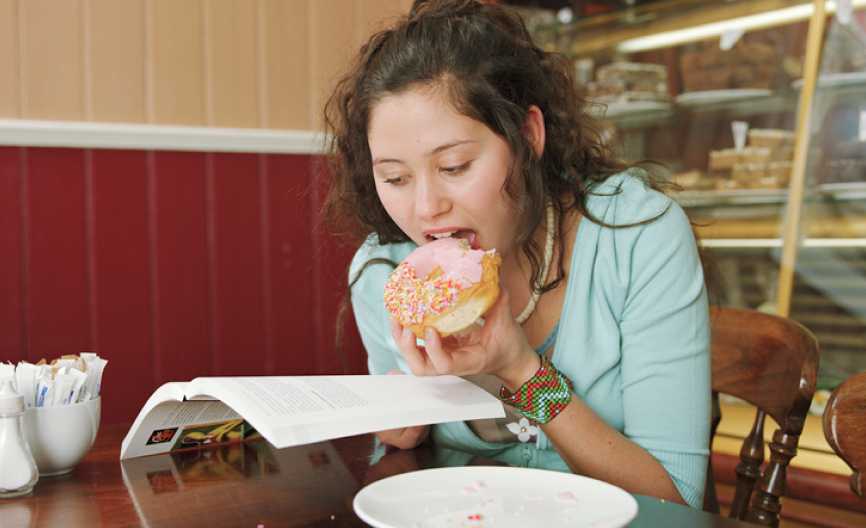
Nutrition
THE MYSTERY OF HIDDEN SUGARS
45–60 minutes
Students will learn about the risks associated with overconsumption of sugar by visualizing the amount of sugar in various drinks and common food items. Students will then create a resource that explains the connection between sugar consumption and NCDs to peers.
STEM-Aligned Lesson

Nutrition
DESIGN INNOVATION
45–60 minutes
Students will learn about the essential role of whole foods (fruits, vegetables, protein, etc.) play in our health and how they help to reduce the development of non-communicable diseases. In addition, students will analyse typical grocer's designs and suggest potential innovations to help consumerss choose whole foods.
PRINT-BASED LESSON
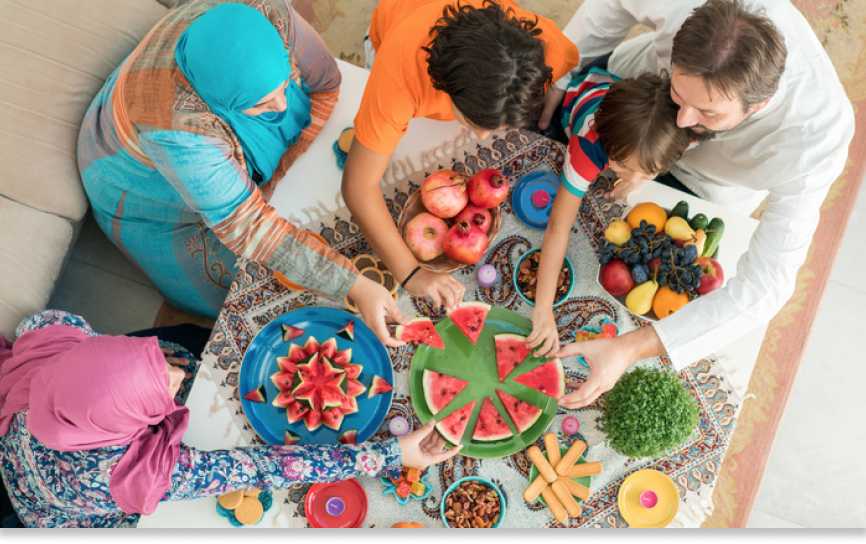
Nutrition
NUTRITIOUS CELEBRATIONS
45–60 minutes
This activity focuses on the idea that healthy doesn’t have to mean tasteless. Upon reviewing their country’s dietary guidelines, students can make modifications to their diet that will help them eat more healthily while still enjoying what they consume.
PRINT-BASED LESSON

Nutrition
SUPERMARKET SMART
45–60 minutes
After reviewing the elements of a standard nutrition label, students will learn how to interpret ingredient lists including learning about the importance of their order, how to differentiate between naturally occurring ingredients and chemicals and how to draw conclusions about whether examples represent nutritious food choices.
PRINT-BASED LESSON
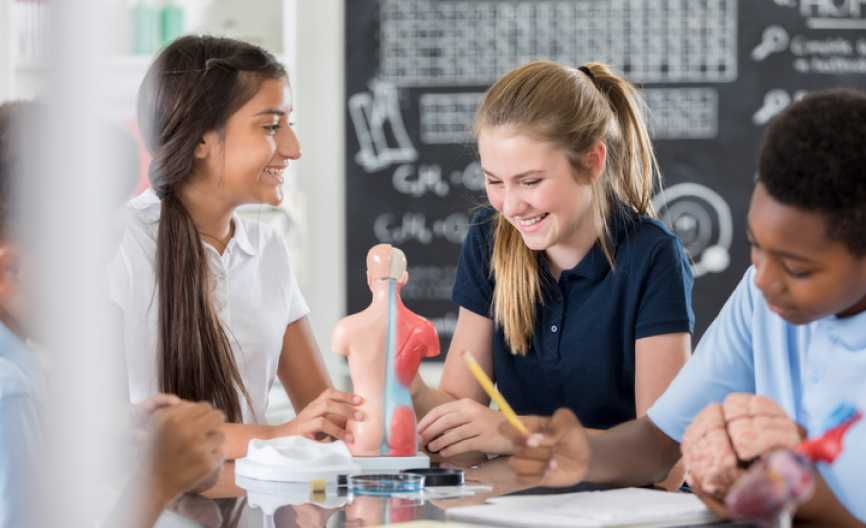
Nutrition
SCIENCE BEHIND HEALTHY EATING
45–60 minutes
This activity focuses on helping students understand key nutrients in foods that will help them grow. Students will explore the science behind nutritious food choices, discover what is happening inside their bodies when they eat and learn how eating a diet with fewer processed foods will lower their risk of noncommunicable diseases.
DIGITAL LESSON

Nutrition
PLANNING FOR A HEALTHIER YOU
45–60 minutes
Help put students on the path toward improving their eating habits as they learn how to apply dietary guidelines to nutritious meal plans, they will create for themselves.
PRINT-BASED LESSONS
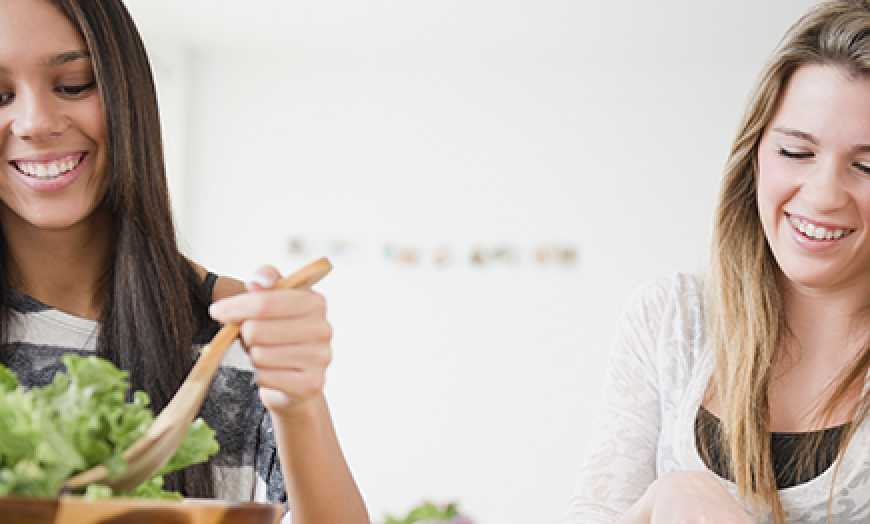
Nutrition
NUTRITIOUS ALTERNATIVES
45–60 minutes
This activity focuses on the idea that healthy doesn’t have to mean tasteless. Upon reviewing their country’s dietary guidelines, students can develop modifications to their diet that will help them eat more healthily while still enjoying what they consume.
PHYSICAL ACTIVITY

EXERCISE FOR HEALTH
15-20 minutes
In this module, students learn about what happens to our bodies when we exercise, why exercising is good for usand the risks associated with not exercising, including the development of noncommunicable diseases (NCDs), such as heart disease and Type 2 diabetes.
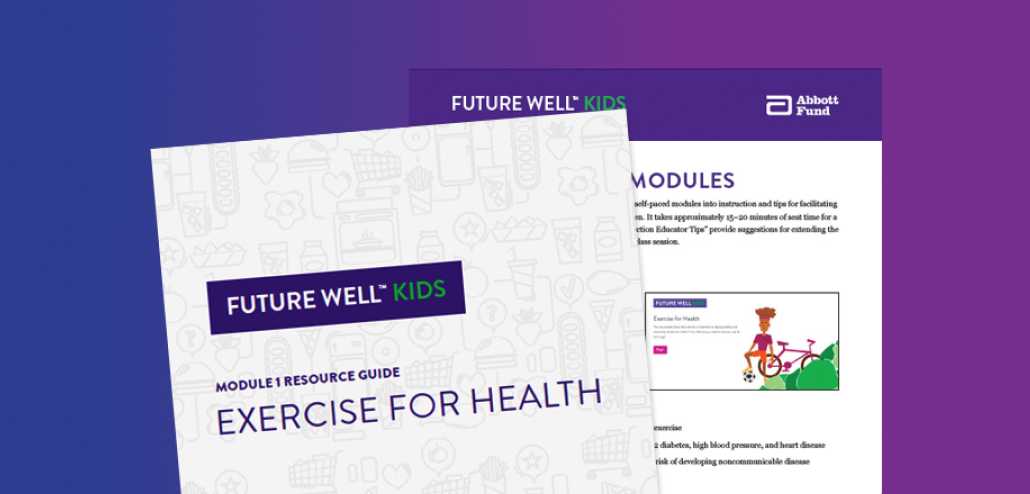
COMPANION EDUCATOR GUIDE
This Companion Guide to the Self-Paced Module includes a summary, guide to using the mini-modules, tips and content standards.
DIGITAL LESSON
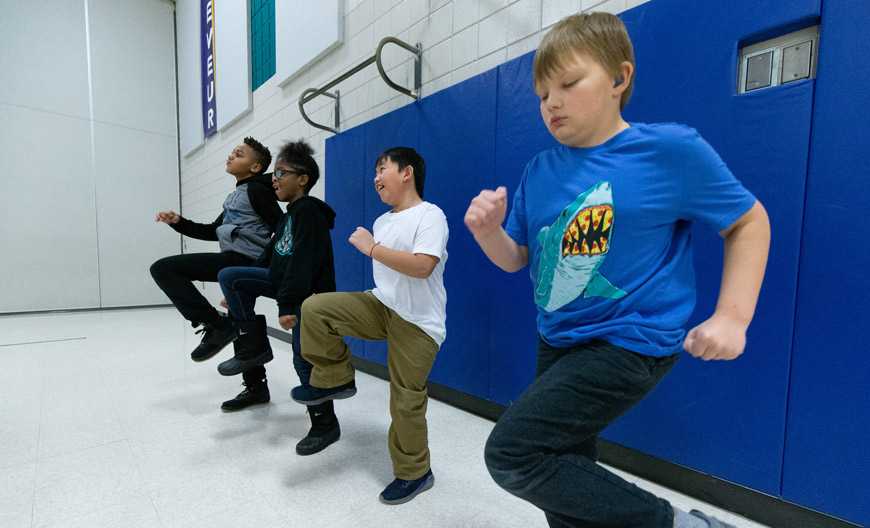
Physical Activity
GET MOVING
45–60 minutes
Students will learn about the risks associated with overconsumption of sugar by visualising the amount of sugar in various drinks and common food items. Students will then create a resource that explains the connection between sugar consumption and NCDs to peers.
DIGITAL LESSON
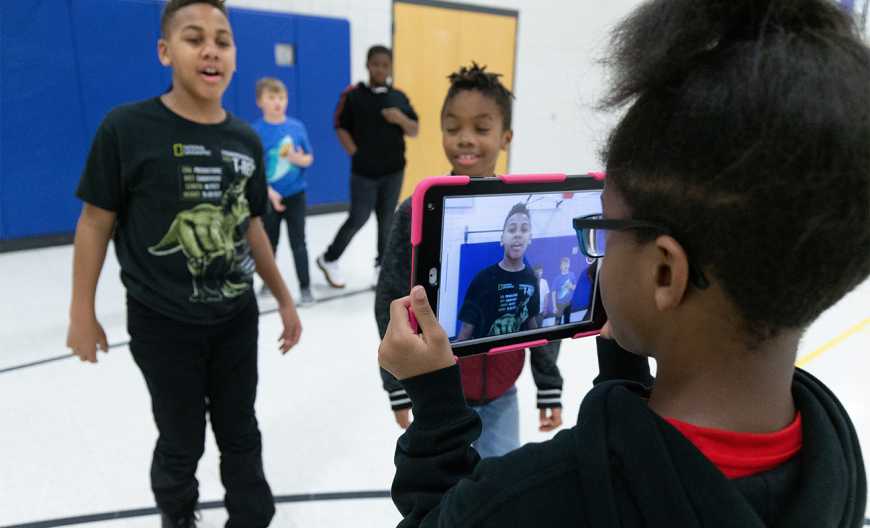
Physical Activity
YOUTUBE STAR
45–60 minutes
Students will learn about the risks associated with overconsumption of sugar by visualising the amount of sugar in various drinks and common food items. Students will then create a resource that explains the connection between sugar consumption and NCDs to peers.
DIGITAL LESSON

Physical Activity
HEART PUMPING THEATRE
45–60 minutes
Clap-stamp-jump! Using creative combinations of these motions, students will develop challenging movement patterns to increase their heart rates through physical activity. Students will learn to measure their heart rates by taking their pulses.
STEM-ALIGNED LESSON
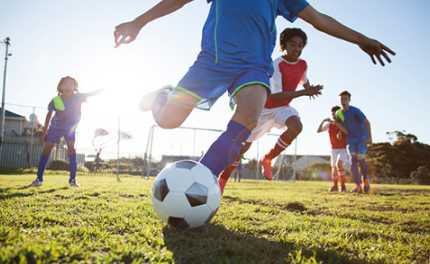
Physical Activity
ENERGY IN MOTION
45–60 minutes
In this session, students will learn about kinetic energy and demonstrate the effects of mass and speed on energy during a lab activity. Students will draw conclusions about the connections between kinetic energy, physical activity and reducing their risk of developing certain NCDs.
PRINT-BASED LESSON

Physical Activity
STAYING HEALTHY WHILE STAYING CONNECTED
45–60 minutes
Students will review their sedentary hobbies, such as watching television or playing video games and design a physical activity challenge that will help them increase their physical activity whilst pursuing these hobbies. They will explain how their plan could help them reach their daily physical activity recommendations.
PRINT-BASED LESSON

Physical Activity
PEER PROMOTION
45–60 minutes
Classes will be tasked with planning a student-facing campaign that promotes physical activity by identifying a major barrier to being active and proposing how to overcome it. Students will create a tangible goal and then share their results as part of the campaign requirements.
PRINT-BASED LESSON
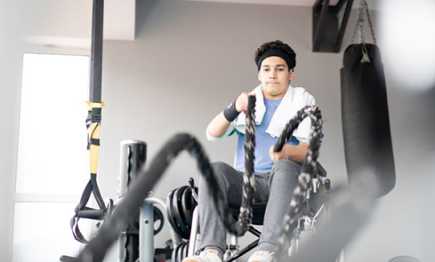
Physical Activity
NCDS NINJA
45–60 minutes
Students will learn about nutrition and different types of physical activities, including cardio and seated. Students will design an obstacle course to learn about cardio physical activity and participate in information stations about nutrition and seated physical activities.
PRINT-BASED LESSON
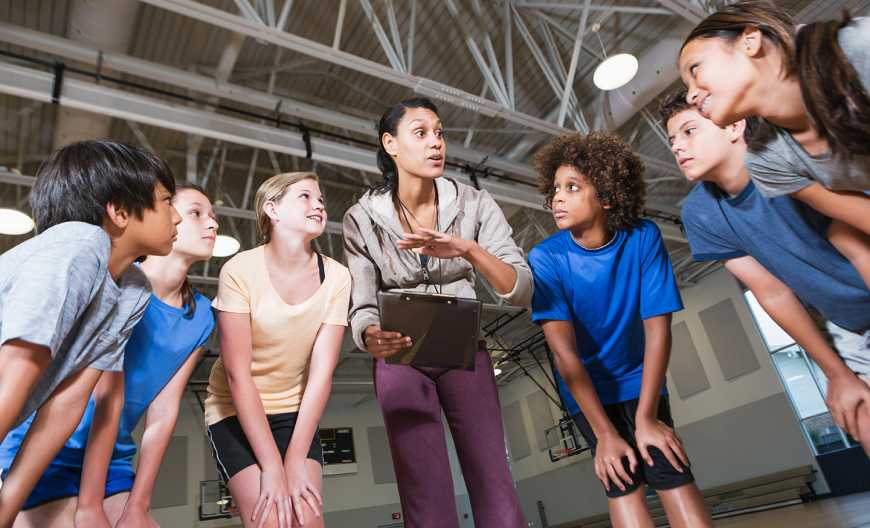
Physical Activity
ESCAPE UNHEALTHY HABITS
45–60 minutes
Students will work in teams to participate in an educational escape room! Simple fitness challenges and health-themed puzzles will be presented to students as stations. Students who successfully complete all the components will be eligible to escape!
KNOW THE SPECIFICS
DIGITAL LESSON
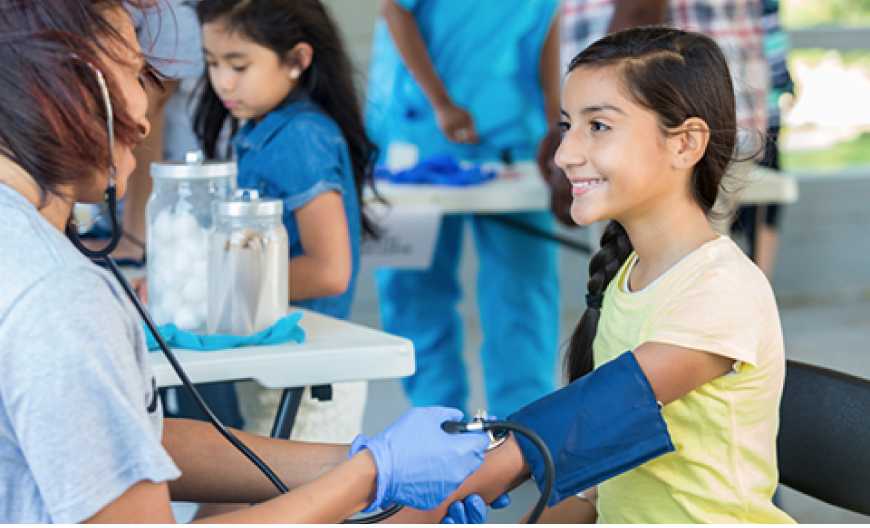
Know the Specifics
UNDER PRESSURE!
45–60 minutes
Students will learn the basics of blood pressure by participating in a demonstration using balloons, water and air. Building on that experience, they will learn what it means to have “high blood pressure” before evaluating lifestyle choices and their effects on heart health.
Allergy Alert: This activity uses a latex balloon.
Allergy Alert: This activity uses a latex balloon.
PRINT-BASED LESSON
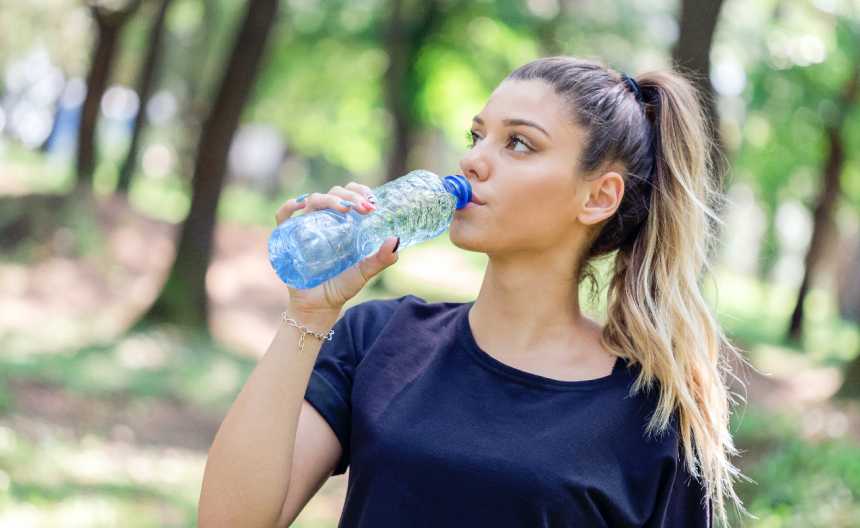
Know the Specifics
I'M THIRSTY!
45–60 minutes
Students will learn about nutrition and different types of physical activities, including cardio and seated. In this activity, students will learn the essential role that water plays for the body. They will also learn how they can recognise the signs that their bodies need fluids in order to understand how to meet daily intake needs to promote good health.
STEM-ALIGNED LESSON

Know the Specifics
MOLECULE MODELS
45–60 minutes
Students will demonstrate an understanding of how the body processes glucose and how overconsumption of foods with added sugars can play a role in increasing the risk of developing noncommunicable diseases such as heart disease and type 2 diabetes. Students will develop models of the glucose molecule.
PRINT-BASED LESSON
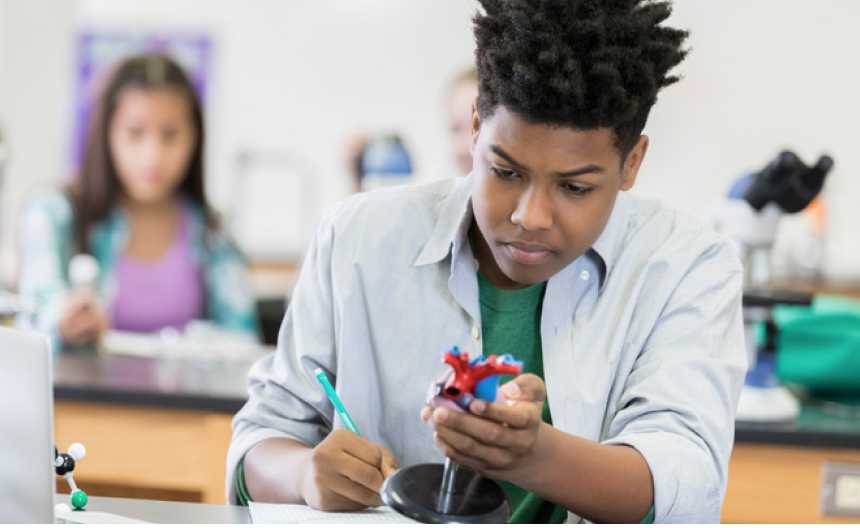
Know the Specifics
KEEP YOUR HEART PUMPING
45–60 minutes
Cardiovascular disease is a noncommunicable disease that accounts for nearly 18 million deaths per year. In this session students will learn how a healthy heart pumps blood through their bodies’ arteries by participating in a STEM design challenge in which they build a common model of a pumping heart. Then, they will learn about heart disease, how it affects the heart’s ability to pump and how this noncommunicable disease develops and can be prevented.
PRINT-BASED LESSON
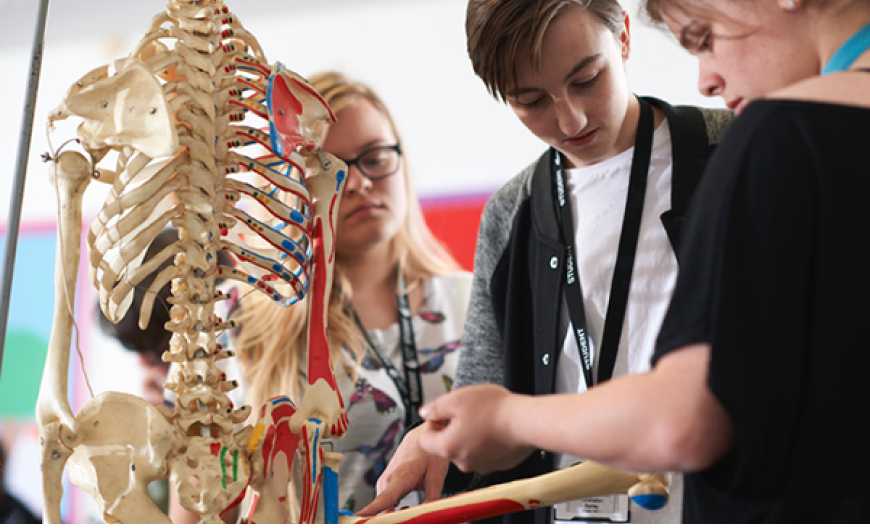
Know the Specifics
BODY SYSTEMS
45–60 minutes
Students will learn about the body’s circulatory, digestive and respiratory systems and how they are connected and work together for human wellness.
DIGITAL LESSON
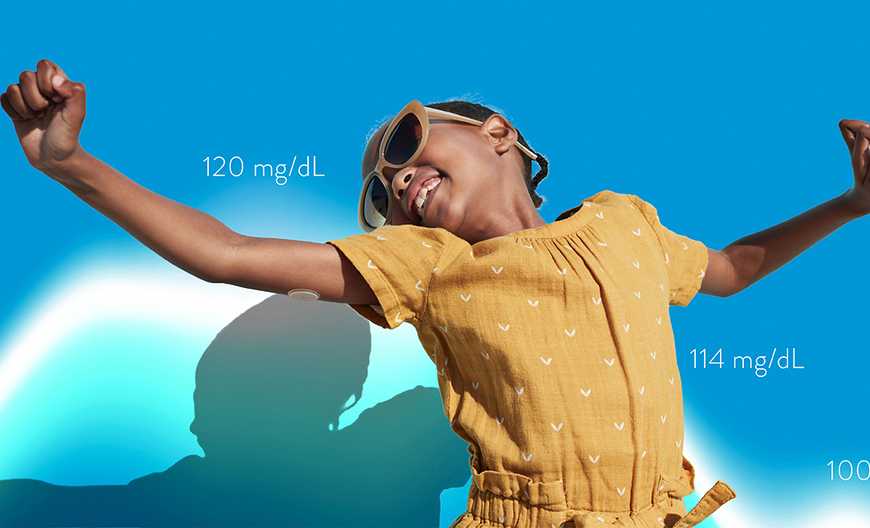
Know the Specifics
DEEP DIVE INTO TYPE 2 DIABETES
45–60 minutes
In this lesson, students will discover how Type 2 diabetes develops and what may be done to help reduce the risk of this noncommunicable disease. Students will then take the information they have learned and create an infographic.
PRINT-BASED LESSON
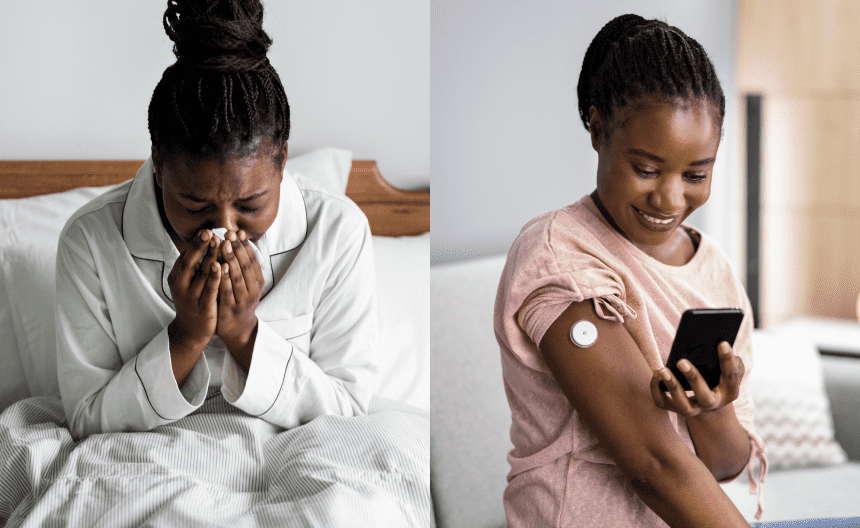
Know the Specifics
WHAT'S THE DIFFERENCE?
45–60 minutes
Pupils will break down the fundamental differences between communicable and non-communicable diseases. They will investigate the common signs of non-communicable diseases and reflect on ways everyday habits can impact the development of disease.
HEALTHY LIFESTYLE
PRINT-BASED LESSON
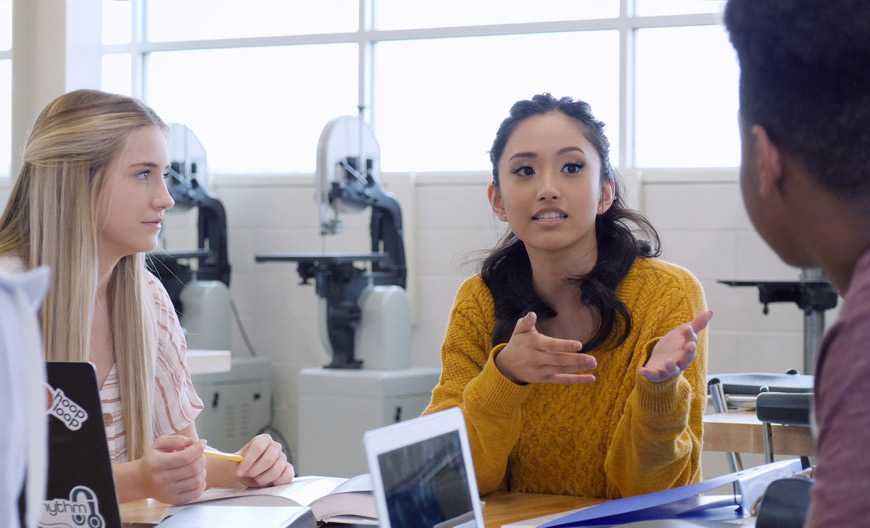
Healthy Lifestyle
RISKY CHOICES
45–60 minutes
Help put students on the path toward improving their eating habits as they learn how to apply dietary guidelines to nutritious meal plans that they will create for themselves.
PRINT-BASED LESSON

Healthy Lifestyle
BEDTIME
45–60 minutes
Students will learn how sleep affects almost every cell and function of our body, including blood pressure and cardiovascular health and how it even affects the development of Type 2 diabetes. In this activity, students will learn about the importance of sleep in maintaining health and about the effects that a lack of sleep can have on their overall health.
PRINT-BASED LESSON

Healthy Lifestyle
HEALTH NEWS: IN THE KNOW
45–60 minutes
Students will learn the difference between health fads in the news and healthy habits that are scientifically sound. Students can then research recent health stories that made headlines and share their findings with the class.
PRINT-BASED LESSON

Healthy Lifestyle
STRESS OUT!
45–60 minutes
Pupils will uncover the key role stress plays in mental health, well-being and the development of non-communicable diseases. After reflecting on everyday stressors in their lives, pupils will collaborate to develop effective stress-reduction techniques.

